Government spending breakdown: where taxpayer funds were used to fight coronavirus
The NSW Government has spent billions in taxpayer funds on clawing back the state from pandemic peril, but an investigation has uncovered exactly where our money has been used. SEE THE BREAKDOWN HERE.
Local
Don't miss out on the headlines from Local. Followed categories will be added to My News.
- Revealed: NSW suburbs with the worst unemployment rates
- JobKeeper: NSW suburbs most dependent on COVID payment
The COVID-19 financial crisis — and the impact it is having on the state’s economy — appears to have weighed more heavily on the minds of the NSW Government than the health pandemic itself.
New research has revealed more than double the amount of funds were spent on Infrastructure projects than actual health funding.
The NSW Parliamentary Research Team revealed the government rolled out a series of health, business, infrastructure, community and education funding schemes following the outbreak of the coronavirus pandemic — with the state’s infrastructure spend leading investment.
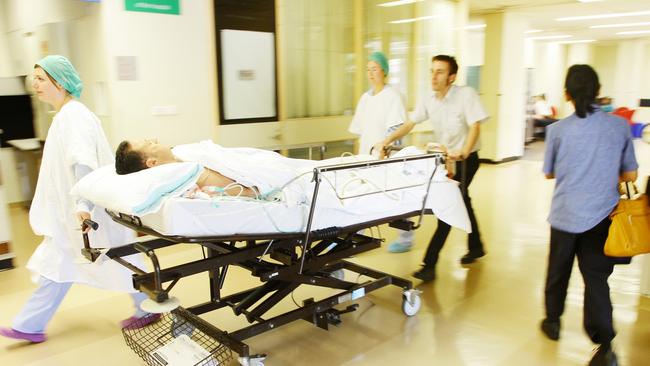
Health saw an additional $2.36 billion worth of funding rolled out, while NSW businesses benefitted from $2.674 billion in support. Meanwhile $4.835 billion was spent on infrastructure projects, NSW education benefit from $903 million in extra funding.
Local Government received $310.6 million in state support, while households benefitted from $250 million in additional funding.
$135.2 million was dedicated to community initiatives following the COVID-19 outbreak.
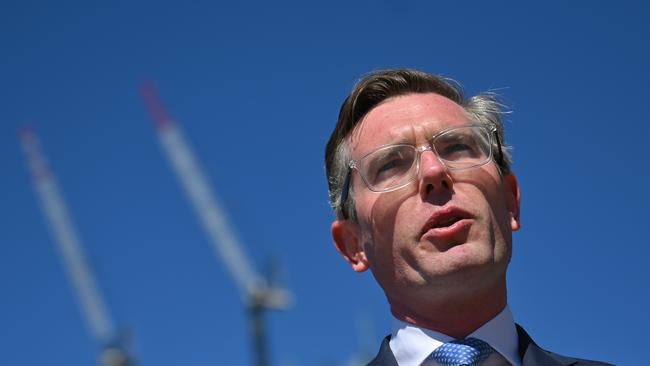
NSW Treasurer Dominic Perrottet said “a good health response is a good economic response.”
“As Treasurer the economy is front and centre of my mind and we are using every available resource to protect people and roll out measures to keep businesses in business and people in jobs,” he told NewsLocal.
“To combat COVID-19 the NSW Government has announced around $15.7 billion in health and economic response measures — the largest response of any state.”
Mr Perrottet said getting people back to work to support business and reinvigorate consumer confidence was a key factor for the government, resulting in the NSW Government’s $3 billion Infrastructure and Job Acceleration Fund.
“If we get our economy back up and running, the budget will follow and that’s why we need to invest in job creating projects,” he said.
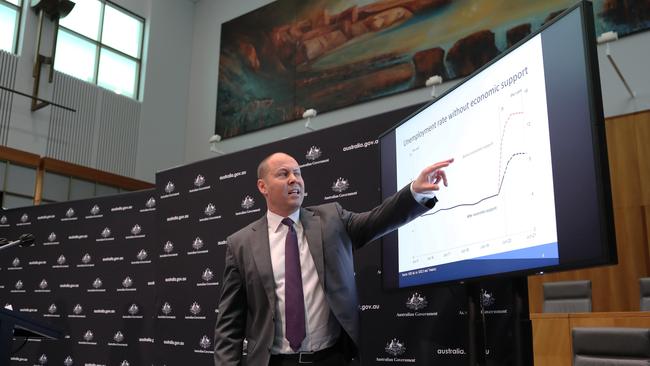
Parliamentary research also revealed the Federal Government injected a massive $4.045 billion into health projects spanning the entire country, while a total of $181.43 went into the commonwealth’s business and economic plan to beat the pandemic financial crisis.
A further $2 billion was spent on infrastructure projects at a national level, while $28.5 billion was committed to support households.
Education funding was boosted by $2.1 billion, community projects got a $900 million boost, while $1.3 billion was allocated to supporting Local Government initiatives.
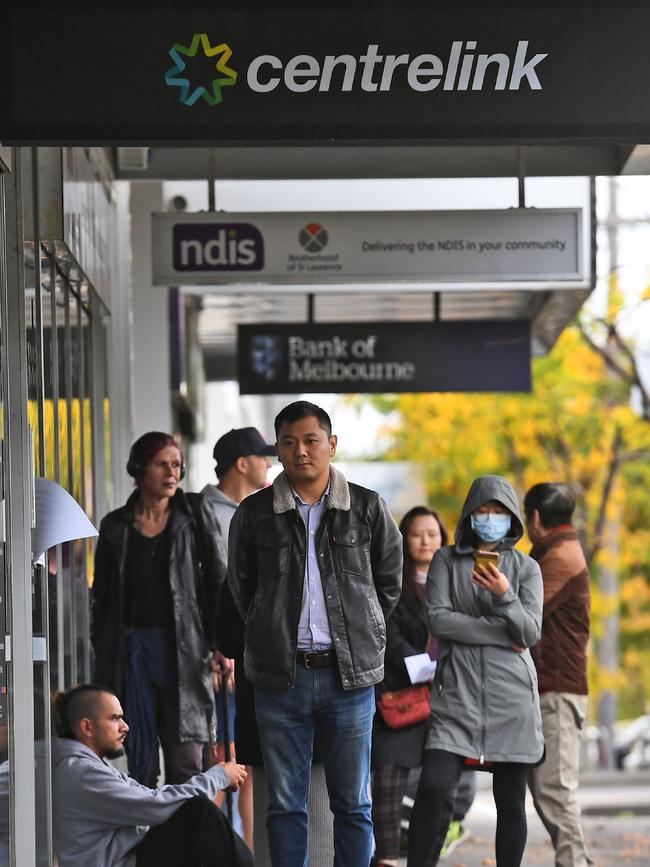
Mr Perrottet said the Commonwealth Government focused its big-budget spending on income support and wage subsidies, “which have helped keep many businesses afloat and people connected with their employers during the worst of the economic shutdown”.
“In NSW we are starting to see the rewards of that support as business confidence starts to rebound as we continue to navigate operating in this new COVID safe economy,’ He said.
Western Sydney University assistant vice-chancellor, Dr Andy Marks said the although he gives the treasurer a “tick of approval” for the economic response to COVID-19, he urged the government to utilise its Triple A credit rating and “borrow, borrow, borrow to revive the economy”.
“The NSW Government have an incredible credit rating,” he said. “A good credit rating is developed to ensure we can borrow in a rainy day — right now it is storming so lets borrow big.”
The social demographics and political expert said the treasurer should invest in high-growth Health Infrastructure spending to not only support the economy and create jobs, but improve in-demand hospital precincts.
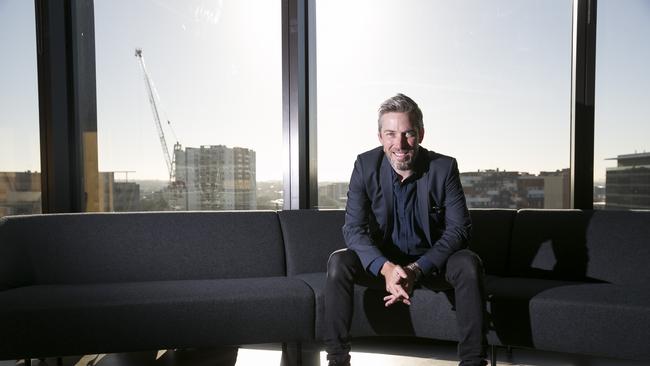
“Health workforce shortfalls are a major issue that could undermine all the good work done by NSW Health so far,” he said.
“If we ever have the pressure our neighbours in Victoria are seeing on the health system, workforce shortfalls could be of a major concern for the government.”

